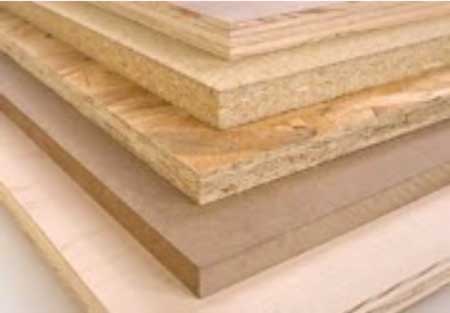Furniture Materials Crash Course From Hazz Design: Part 2 - Wood Materials: Solids, Veneers, Plywood
Furniture World News Desk on
9/24/2012

Tracey & Tom Hazzard
Imagine a typical furniture shopping experience: a sales person approaches a customer and asks her what she is looking for. The customer gives a specific response, such as “Cherry” or “Leather.” The salesperson immediately takes her to the solid wood or leather shows her the best-selling collections. Soon afterward, she heads straight for the door, wondering in frustration, “Did he even hear me?” The sales person shakes his head, saying, “Typical, she doesn't really know what she wants.”
You have probably spent hours training your sales force on products, techniques and skills to avoid just this situation. So, what does work? In this series, we redefine industry jargon relating to materials, design and construction of furniture. In each part, we will delve into the terms typically used by knowledgeable, expert salespeople, but often end up confusing customers.
Even if you have been selling wood furniture for years, it is time for a refresher course on the layman’s (or woman’s) perception of industry terms. It often helps to delve a little deeper to find out what the customer really wants, even when she thinks she’s being specific.
Is wood really wood? Historically, manufactured furniture is rarely 100% solid wood. Most commonly, solid wood and veneers are mixed with one of several composite wood core materials. Selection and use of composites are mainly for manufacturing cost requirements, but composites may be used for structural or durability reasons as well.
Tip: Consumers perceive most composite core materials as “cardboard” so there is a fine line between disclosure and confusion if this is what you have to sell.

Solid Wood is exactly what it sounds like: wood cut from a tree, milled and shaped into parts. Furniture made of solid wood is stronger and more durable than furniture made from other wood materials. Note – only very high-end wood furniture is all solid wood. Most are a mix of solids and veneers due to economic, construction or design considerations.
Veneer can have the same appearance as solid wood, but is only on the surface. Wood veneers are thin slices of real wood that are glued to surfaces of a wood-based core material. The core material is usually a less expensive grade of solid wood, plywood, particle board or MDF (Medium Density Fiberboard). Veneer furniture is much more economical than solid wood. It is also a much more efficient use of wood raw material – less waste.
Plywood is made up of thinner layers of wood that are glued together. There are many different grades of plywood and only very high quality material is appropriate for use in furniture. This is not the plywood you see in Home Depot. The advantage of plywood is that it has tremendous strength, and it is lower in cost than solid wood. Because the surface and edges of plywood do not finish well, plywood is usually veneered.
Conversations about wood can easily confuse the customer. Especially because she often thinks she knows what she wants. Choose your language carefully and be sure you understand her needs before you walk through the showroom.
About Hazz Design: Graduates of Rhode Island School of Design, product designers Tracy and Tom Hazzard have worked together for most of their two-decade marriage and professional lives. Their shared vision that good design should never cost more, that there is always a solution, and that one-plus-one can have an exponential result has earned them career-expanding projects, multiple design awards, more than a dozen patents, two children and a fine-tuned sense of what consumers want and need in well-designed products. Visit them at
www.hazzdesign.com. They can be reached via email at
info@hazzdesign.com or call 714-673-6541 for more information.
Hazz Design
Articles in Hazz Design